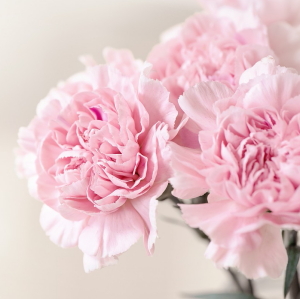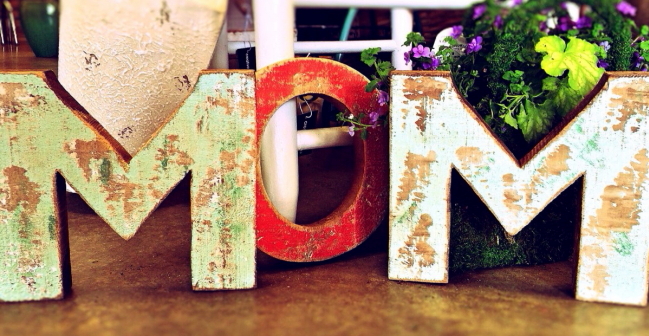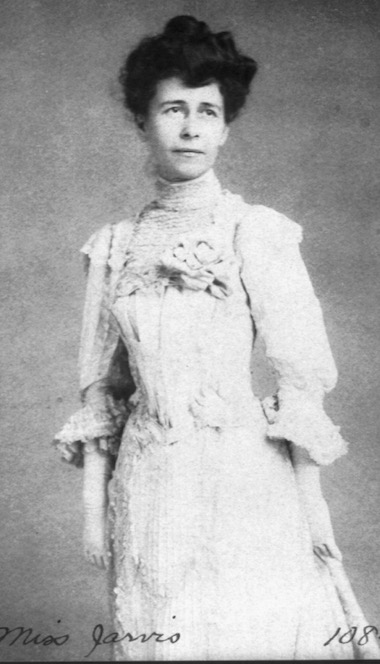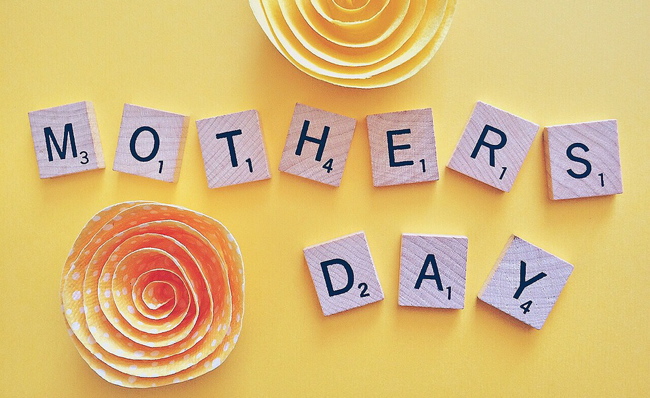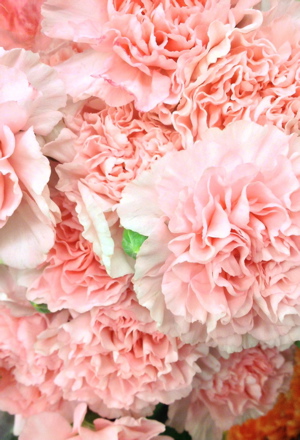SUNDAY, MAY 14: Happy Mother’s Day!
Express gratitude to Mom, Grandma or any maternal figure in your life on this, the second Sunday of May—celebrated in many of the world’s countries as Mother’s Day.
Did you know? Mother’s Day yields the highest U.S. church attendance after Christmas Eve and Easter. Most churches honor their congregation’s mothers in some way—with a special prayer, perhaps, or (in many congregations) with a flower.
MOTHER’S DAY: ANNA JARVIS
Although motherhood has been celebrated for millennia, the modern American version of Mother’s Day—the one we all know today—began in 1908 with Anna Jarvis. Determined to bring awareness to the vital role of each mother in her family, Jarvis began campaigning for a “Mother’s Day,” and finally was successful in reaching the whole country in 1914. Jarvis’s concept differed considerably from corporate interests in the holiday, however, and the over-commercialization of Mother’s Day was irritating to Jarvis as early as the 1920s. This year, in honor of the Mother’s Day centennial, honor Mom the way Jarvis intended: with a hand-written letter, a visit, a homemade gift or a meal, cooked from scratch.
Though American observances honoring mothers began popping up in the 1870s and 1880s, Jarvis’s campaigns were the first to make it beyond the local level. The first “official” Mother’s Day service was actually a memorial ceremony, held at Jarvis’s church, in 1908; the 500 carnations given out at that first celebration have given way to the widespread custom of distributing carnations to mothers on this day. For Anna, the floral choice was easy: Carnations were her mother’s favorite flowers.
FROM GREEK ORIGINS TO TODAY
While the modern observance of Mother’s Day began just a century ago, celebrations for women and mothers have been common throughout history. Greeks worshipped the mother goddess Cybele, while the Romans held the festival of Hilaria; Christians have observed Mothering Sunday for centuries, while Hindus have honored “Mata Tirtha Aunshi,” or “Mother Pilgrimage Fortnight.” The first American attempts for a “Mother’s Day for Peace” arose in the 1870s, when Julia Ward Howe called on mothers to support disarmament in the Civil War and Franco-Prussian War. Several decades later, Anna Jarvis created a holiday that became the Mother’s Day we know today.
Despite Jarvis’s best efforts, though, the commercialization of Mother’s Day was inevitable: Mother’s Day is now one of the most financially successful holidays on the American calendar.
Today, Mother’s Day is the most popular day of the year to eat out and to make phone calls. Yet it is with Mom in mind that Americans spend $2.6 billion on flowers annually for Mother’s Day; $1.53 billion on gifts; and $68 million on greeting cards. We love you, Mom!
FOR MOM: DIY, GIFTS THAT GIVE & MORE
- Cooking Mom brunch? Look to Martha Stewart (for gift ideas, too!) and AllRecipes.
- Care to care more? The Mother’s Day Movement supports women and girls in the developing world, with the belief that empowered women strongly impact the lives of their children and their communities. (This year’s theme is “Saving Mothers.”) Help these women by donating your portion of the $14 billion spent annually on Mother’s Day.
- A good read: Columnist Bobbie Lewis writes about the importance of actually setting aside time to talk to Mom and to listen to her. She calls her story Questions Left Unanswered; Stories Left Untold. Simple. And, a great idea.

